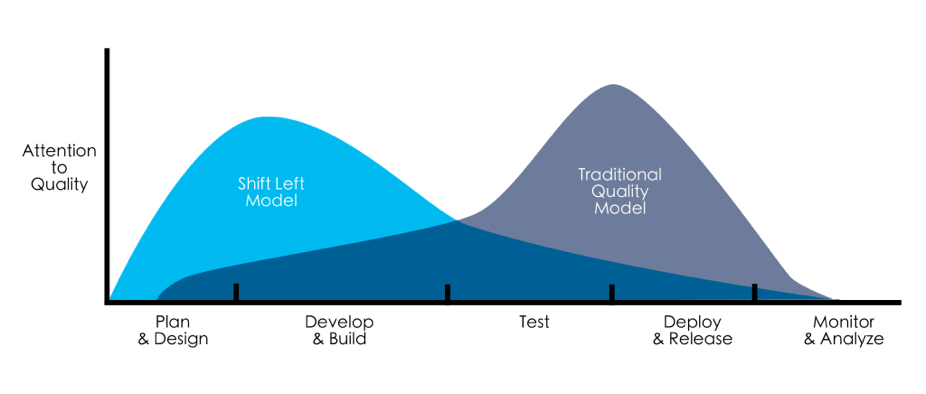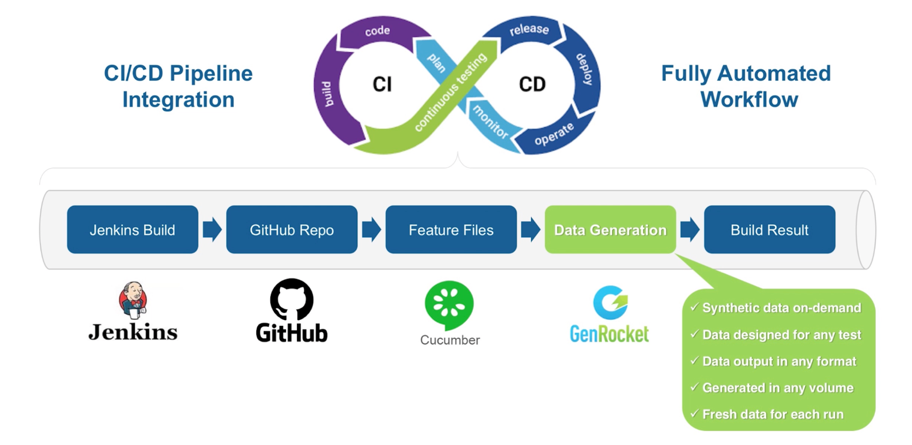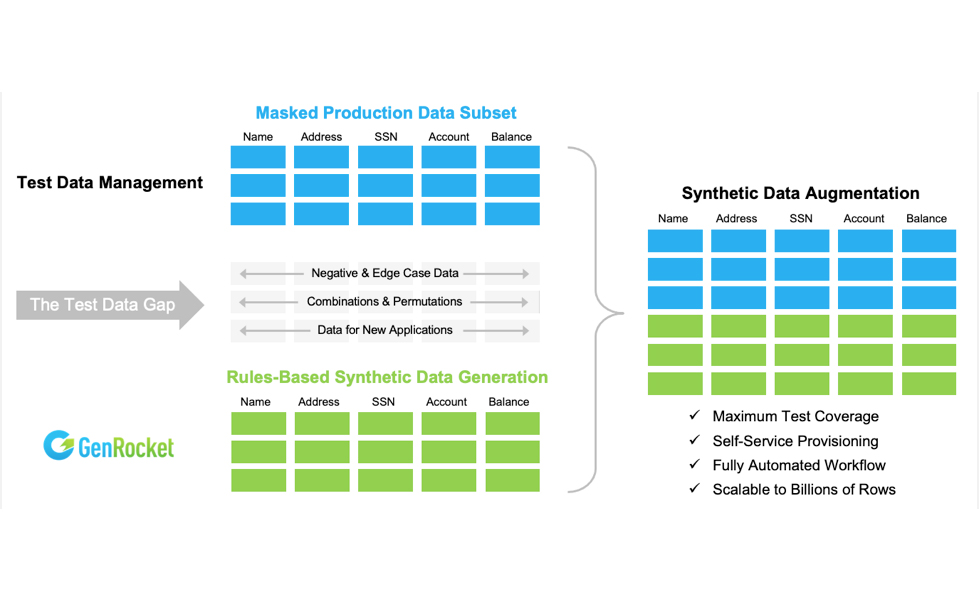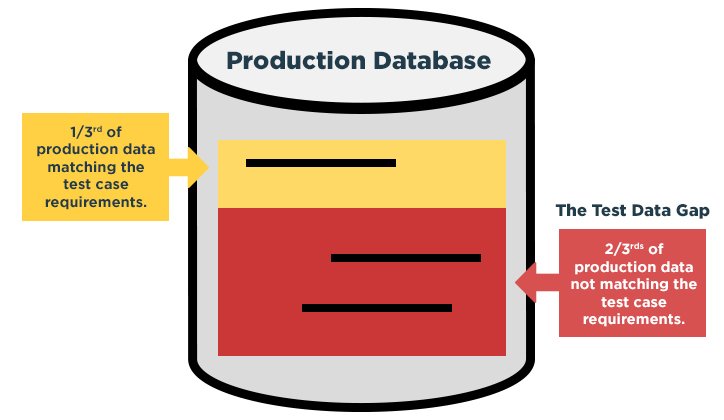The strategy of Shifting left means performing software testing earlier in the SDLC so that defects can be detected when they are faster and easier to correct. Software bugs that escape to production can cost 100 times more to resolve than early in the product lifecycle.

GenRocket Blog









